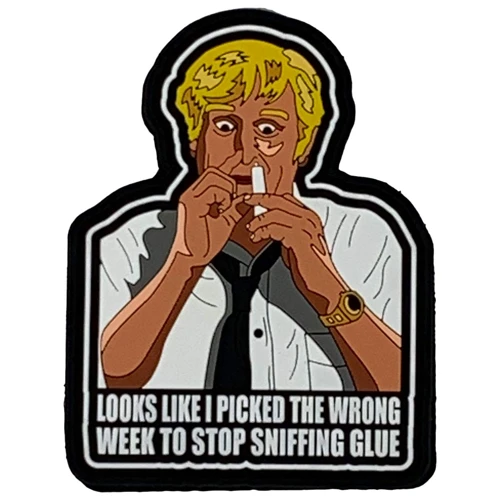In recent times, the disturbing phrase “I can’t feel my face when I sniff glue” has emerged as a stark representation of the dangers associated with inhalant abuse. This blog post aims to shed light on the perils of this hazardous practice, delving into its immediate effects, and providing insight into both the short-term and long-term consequences for individuals who engage in sniffing glue.
Introduction to Inhalant Abuse
Inhalant abuse, a form of substance abuse, involves breathing in the fumes from household and industrial chemicals to achieve a psychoactive, or mind-altering, effect. This practice is often overlooked in discussions about substance abuse, yet it presents significant risks to health and well-being.
The Immediate Effects of Sniffing Glue
Sniffing glue can induce a rapid high, characterized by feelings of euphoria, dizziness, and hallucinations. The effects are short-lived, prompting users to continue the practice in a dangerous cycle of abuse.
Why Can’t I Feel My Face After Sniffing Glue?
The sensation of numbness in the face, as described by the phrase “I can’t feel my face when I sniff glue,” is due to the neurotoxic effects of the solvents. These chemicals can disrupt nerve function, leading to a loss of sensation and muscle control.
What Happens If You Sniff Glue: Short and Long Term Consequences
Understanding what happens if you sniff glue is critical to comprehending the gravity of this issue. The consequences of inhaling such substances can be far-reaching, impacting an individual’s health in numerous ways.
Short-Term Physical and Psychological Effects
- Dizziness and headaches
- Nausea and vomiting
- Slurred speech and impaired coordination
Long-Term Health Risks Associated with Glue Sniffing
Long-term exposure to inhalants can lead to serious health problems, such as brain damage, liver and kidney damage, and cardiovascular complications. These risks underscore the importance of addressing inhalant abuse promptly.
Recognizing and Addressing Inhalant Addiction
Recognizing inhalant addiction is a crucial step towards helping those affected. It is vital to identify the signs early and to understand the treatment options available.
Signs of Glue Sniffing Abuse
Signs of glue sniffing abuse may include chemical odors on breath or clothing, paint or other stains on face or fingers, and paraphernalia such as empty glue containers or rags soaked in chemicals. Recognizing these signs can prompt timely intervention.
Treatment Options for Inhalant Abuse
Treatment for inhalant abuse typically involves a combination of detoxification, counseling, and support groups. Professional help is often necessary to overcome the addiction and to address the psychological aspects of the abuse.
Prevention and Education: The Key to Reducing Inhalant Abuse
Preventing inhalant abuse through education and community programs is essential. By raising awareness of the dangers, we can help reduce the incidence of this form of substance abuse.
Community and School-Based Prevention Programs
Community and school-based prevention programs play a pivotal role in educating young people about the risks of inhalant abuse. These programs can provide valuable resources and support to deter individuals from engaging in this dangerous behavior.
If you’ve ever had a bizarre experience with glue, you might find our articles quite enlightening. Whether you’re curious about the strange sensation described in “I Can’t Feel My Face When I Eat Glue” or interested in practical uses such as how to stiffen felt with glue, we’ve got you covered. And for those who have faced the frustration of runny adhesives, our article on why your eyelash glue is watery might just be the solution you’re looking for. Join us as we explore these sticky situations!
Resources and Support for Those Affected by Inhalant Abuse
There are numerous resources and support available for those affected by inhalant abuse. These include hotlines, treatment centers, and online resources that provide information and assistance to individuals and families facing this challenge.

